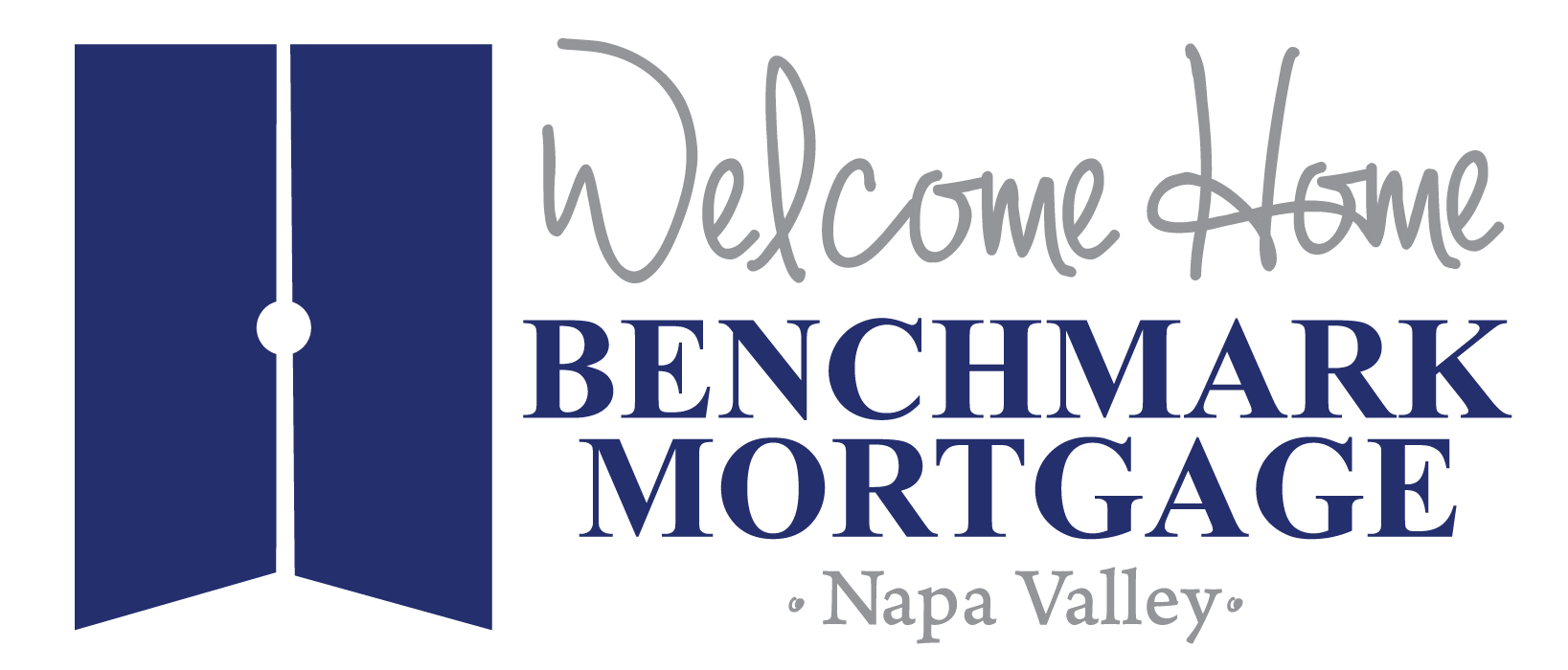- (707) 254-8891
- [email protected]
- Mon - Fri: 9:00 - 6:30
Conventional loans are often erroneously referred to as conforming mortgages or loans. While there is overlap, the two are distinct categories. A conforming mortgage is one whose underlying terms and conditions meet the funding criteria of Fannie Mae and Freddie Mac. Chief among those is a dollar limit, set annually by the Federal Housing Finance Agency (FHFA): In 2019, in most of the continental U.S., a loan must not exceed $484,350. In high-cost counties the maximum loan amount is $709,950 for 2019. So while all conforming loans are conventional, not all conventional loans qualify as conforming.
A jumbo mortgage of $800,000, for example, is a conventional mortgage but not a conforming mortgage – because it surpasses the amount that would allow it to be backed by Fannie Mae or Freddie Mac. Currently, conventional mortgages represent around two-thirds of the homeowners’ loans issued in the U.S.
Some of the documents required will be:
Phone: (707) 254-8891 – Call or Text
Email: [email protected]
eFax: 707.224.2746
Ark-La-Tex Financial Services, LLC NMLS ID 2143
4123 Solano Ave, Napa, CA 94558
Monday - Friday 9:00AM-5:00PM
Saturday & Sunday By Appointment


Hilda Hensley| NMLS ID 280206
Ark-La-Tex Financial Services, LLC d/b/a Benchmark Mortgage 5160 Tennyson Pkwy STE 1000, Plano, TX 75024. NMLS ID #2143 (www.nmlsconsumeraccess.org) 972-398-7676. Some products may not be available in all licensed locations. Information, rates, and pricing are subject to change without prior notice at the sole discretion of Ark-La-Tex Financial Services, LLC. All loan programs subject to borrowers meeting appropriate underwriting conditions. This is not a commitment to lend. Other restrictions may apply. (https://benchmark.us)